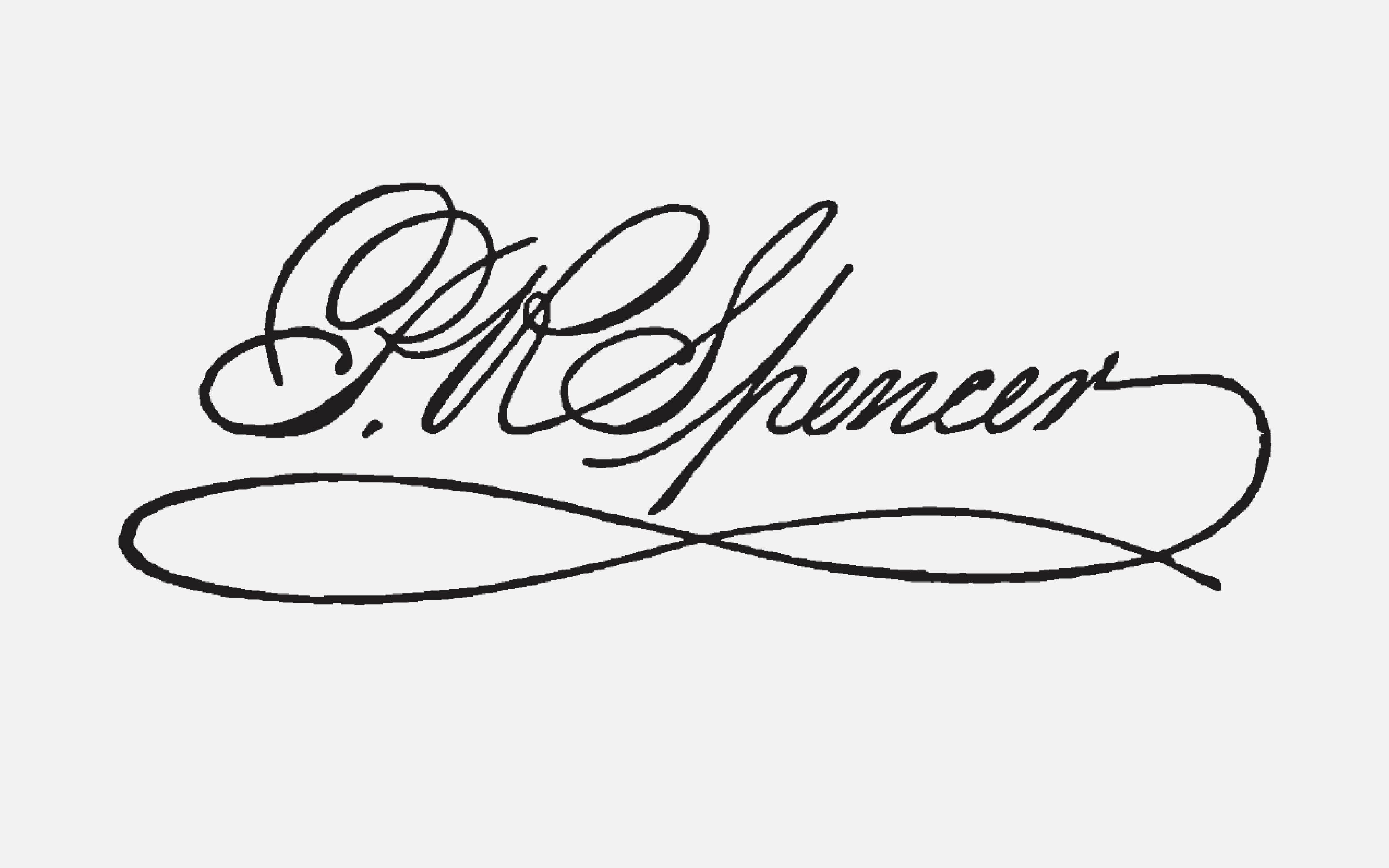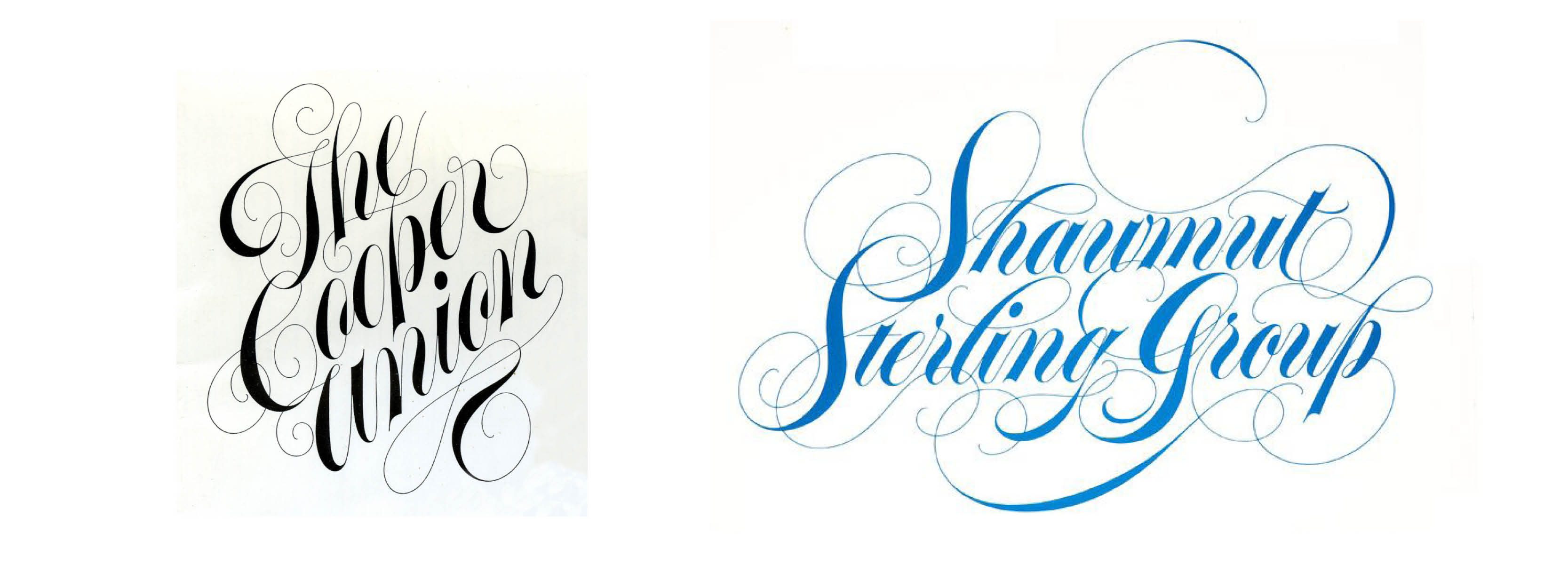
. Published July 19, 2022
Custom Font: Fix Studio
Variable Fonts and a brand's logo can live together
We're used to say that Blaze Type's fonts are designed as tools. Regarding a type design, it could be a writing system (alphabet, ideogram, syllabary), but also figurative drawings for the dingbats. From this fact, few fonts include a logo, except for the one of the owner brand, type foundry or private company.
However, since the digital revolution of the 1980s, typography has gone from a set of virtual cases to a set of systems, with technology redefining the subject as well as our uses and relationships to text. But, still, the logo is excluded from typography. Blaze Type proposes the study of Fix Studio's logotype as a first milestone to a use that remains to be developed and generalized.
Historical Inspiration
Fix Studio is a graphic design studio based in Brooklyn and honored with numerous international awards. The seriousness of their productions is no longer to be proven and naturally, it is the vivacity of their creativity that the studio wanted to show in a new graphic identity.
An elegant lettering is quickly chosen for its slight shift between retro and classic references. From its calligraphic aspect, the logotype offers various variants of more or less ornate curves allowing to color some supports with a more or less dressed or relaxed atmosphere.

Reminiscent of 18th century English calligraphy, the Fix Studio logo actually exploits a variant unique to the USA. Platt Rogers Spencer [1800-1864] was a calligrapher and teacher who wanted to offer a calligraphy that was easy to draw for a novice commercial team, while guaranteeing a beautiful and classical style. Spencer was inspired by various models which he worked with skill. Spencer's style became impressively successful through several books he wrote, as well as through the effectiveness of his teaching in early American business schools. Synonymous of commercial writing, it fell into disuse with the advent of the typewriter, the style retains a cultural aura, if only by the examples of the logos of Coca-Cola or Ford.


The young generation of American graphic designers and illustrators of the Push Pin Studio will, as early as 1954, bring back to the forefront an outdated imagery adorned with Spencerian ornaments and influenced by the Pop counterculture of the post-war period. It was then the turn of Herb Lubalin [1918-1981], a former art director in an advertising agency, who became one of the pops of American graphic design and the father of the Push Pin, to take up this calligraphy style in a series of logotypes finalized by his collaborators and talented letterers John Pistilli (1925-2003), Tom Carnase (1939-) and Tony DiSpigna (1943-). The style became an example and spread throughout the world, on French perfume bottles or English record sleeves.


It is this uninhibited aspect, retro without being easily dated, which imposes the Spenserian style as that of a youth both mocking an outdated past and with a charm that goes beyond generational conflicts. Fix Studio, by appropriating again this calligraphy for its logo, updates the vivacity of this style.
But the big question for this type of use, with its chiseled and fine curves, remains the consistency between the fineness of the design and its use in different display or print sizes. That's where Blaze Type comes in.
Font's Optical Size problem
From Gutenberg until 1957, the different body sizes composing a typography were drawn independently, weight after weight, a proof provided by the distinct names: Palestine, Trismegiste, Grosse Non-Pareille, etc. Thus, enlarging a size 6 pts into a 60 pts size presented different designs in the relationship between the downstrokes and upstrokes, between the thickness of the serifs, etc. The reason for these subtleties lies in the optical perception of the letters according to the size of the print: at a small scale, a typography should be correctly perceived; the too great fineness of certain thicknesses risks being reduced to nothing; conversely at a large scale, the fineness is necessary since the detail will be easily perceived.

At the transition to phototypesetting, between 1949 and 1980, the foundries provide a unique design whatever the variations of body: this time, body 60 pts is really an enlargement of body 6 pts and the design, although homogeneous, is an awkward compromise for an average optical body.
The first conceptual revolution appeared in 1957 with Adrian Frutiger's Universe. The Swiss deplores a tradition that draws without real planning the different variations of fat or caster of the same typography. In order to guarantee a greater coherence and a less laborious work, the variations are thought upstream by a reasoned mathematical progression.
Technologically, it remained difficult in the era of phototypesetting to ensure a perfect adaptability of a typography to its typographic and optical size. If typography is named Display, Text and Caption, it is to differentiate its optical uses according to the size.
In the 1950's, when the first corporate manuals appeared in a rational way, logos were declined according to various cases: plain or outlined, in black, in grayscale, in color, some even went according to the size of printing, notably when the stripes crossing the logo risked being printed badly.


A second technological revolution appeared around 2000, with the Multiple Master and Variable Fonts. Taking up the system imagined by Frutiger, its digital technologies allow an interpolation between two drawings: variation of weight, of axes, or optical size. Today, Variable Fonts allow the user to easily obtain the desired variation by setting each criterion.
Thus, rather than delivering a unique logo to its client, unsuited to certain display contexts, a graphic design studio should deliver a logo system that allows for automatic display optimization. Variable Fonts are the solution.

The Variable Font solution

The use of a logo is defined within a corporate manual guaranteeing the client the consistency of all its documents regardless of the graphic designer executing the communication tools. Providing a customizable logo within a Variable Font is like an infinite toolbox. The freedom and possibilities offered by the automation of the optical size allows an easy use of the corresponding shapes in any kind of design and layout.
In a synthetic way, three designs have been realized on the basis of the same structure.

The starting version is the Display version, respectful of the Spencerian style influence and featuring extremely fine upstrokes finished with generous drops.
The second variant is the Text version, adapted to a medium display and presenting thicker strokes but guaranteeing the initial influence.


Finally, the Micro version has the same structure but with thicker strokes, bringing it closer to the Speedball calligraphy nibs so dear to American advertising lettering. This last variant is ideal for very small markings, whether in a mobile application menu or screen printed on an advertising product.

Variable Font as a whole system is the ally of computer science and code. Also, while our documents are becoming massively dematerialized, it is the automatic parameterization which becomes the richest element of progress. Indeed, via the cascading style sheet, the typographic parameterization can be done automatically to guarantee the good rendering of the logo (or even font) for the good display. If my web page is seen on a large screen, its thin or display version will be used; if I am on a smartphone, its thicker version will be perceived without hindrance.
Finally, if the support is printed, it is up to the graphic designer to directly parameterize the appropriate version in relation to the size of the support, the distance of perception or even the background of the document. Indeed, a covering of a building facade, seen at a distance of 20-30 meters is closer to the conditions of perception of an A3 poster seen at 3 meters than a really giant display. It is always the human being who will decide on the merits of certain choices, and the variable variants allow the graphic designer to adjust according to his eye, the only tool that surpasses the computer.
Moreover, the uniqueness of the typographic file also allows to group a set of possibilities, especially when some variants are thought. In the case of the logotype for Fix Studio, the curves of the capital F can be composed in a simple version with three drops or more ornate with four drops. The final x also exists in a more ornate capital variant. From these different fonts, it is a global system that can be deployed according to the needs and without the need to go and find other files than the one of the dedicated typography.




In the end, it is up to the designer to seize the technical possibilities in order to bring a creative, playful or relevant use depending on the specific context. The typographic development provided by Blaze Type can be conceived as a technical help or a creative accompaniment in order to include the possible interpolations offered by the Variable Fonts within an innovative and intelligent project.